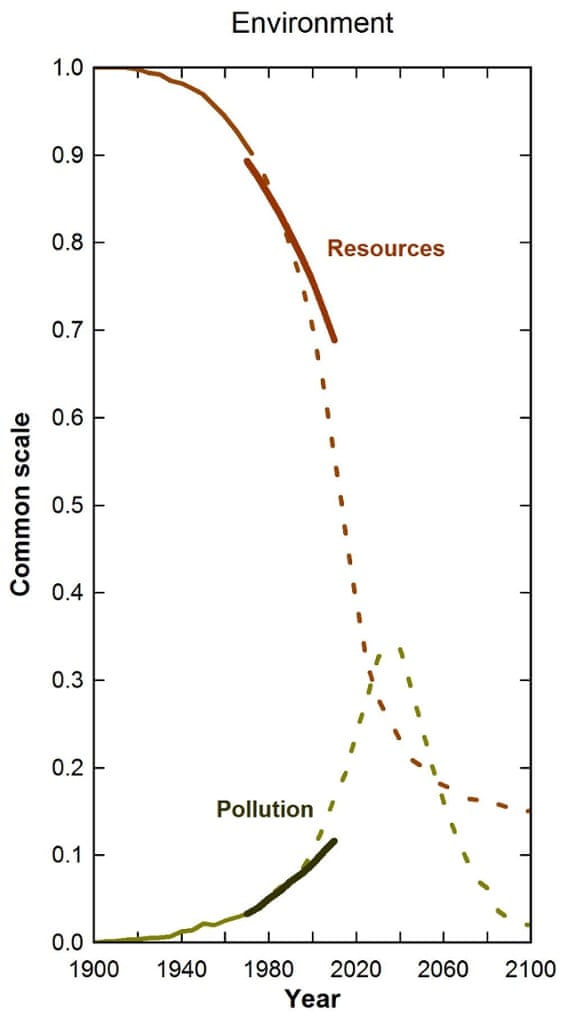Over the next forty years, the volume of urban construction for housing, office space, and transport services over could roughly equal the entire volume of such construction to date in world history, according to National Intelligence Council's "Global Trends 2030" publication.
According to archaeologists, urbanity began in Uruk roughly 6,500 years ago, and if we want to step further back into human history, the first shelters were constructed by our biological predecessors homo heildelbergensis roughly 700,000 years ago out of wood and rock.
Therefore, the amount of construction over the next forty years has the ability to drastically further human civilization's history of modifying our environment to sustain itself. Which include altering the paths of huge bodies of water, collapsing delicate ecosystems, spitting CO2 into the atmosphere, and hasty deforestation. Will humans' cumulative alterations of the environment over the past hundreds of thousands of years also equal that of the next forty?
In 2013, McKinsey Publishing released "Disruptive technologies: Advances that will transform life, business, and the global economy." In this report, energy storage, advanced oil and gas exploration and recovery, and renewable energy were three of the twelve disruptive technologies highlighted. By McKinsey's projections these technologies could result in a 40% price decrease in vehicle battery packs, 1.2 billion people will gain access to electricity, 3x efficiency of US gas wells, 2x efficiency of US oil wells, 85% price reduction in solar energy, and 19x more solar and wind energy generation since 2000.
These are all technologies that would completely spellbound any citizen of Uruk and 19th century industrial pioneers alike and would have greatly reduced the frequency and scope of previous human environmental deterioration.
According to MIT research labs, however, our future is still bleak. In this graph the solid line represents compiled data concerning world environmental resources and pollution from 1900 to today. The dashed line represents projections for world collapse made by Club of Rome, a think tank, published in the 1972 book Limits to Growth. Currently, world human behavior has not deviated greatly from Limits to Growth's projections. As seen below by the graph published on September 1, 2014 by The Guardian.
In conclusion, with the National Intelligence Council's projections for widespread construction by 2030, will the disruptive technologies laid out in McKinsey's report be able to combat the trend outlined by MIT researchers. In areas most likely to rapidly urbanize, such as Africa, how can we actively spread these environmentally sensitive technologies to disrupt current trends and proactively prevent the environmental damage that resulted from historical industrialization and development?

No comments:
Post a Comment
Note: Only a member of this blog may post a comment.